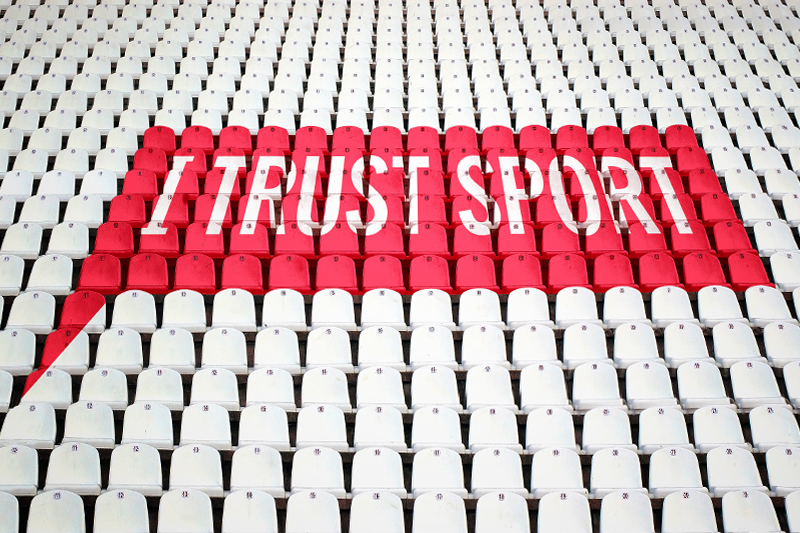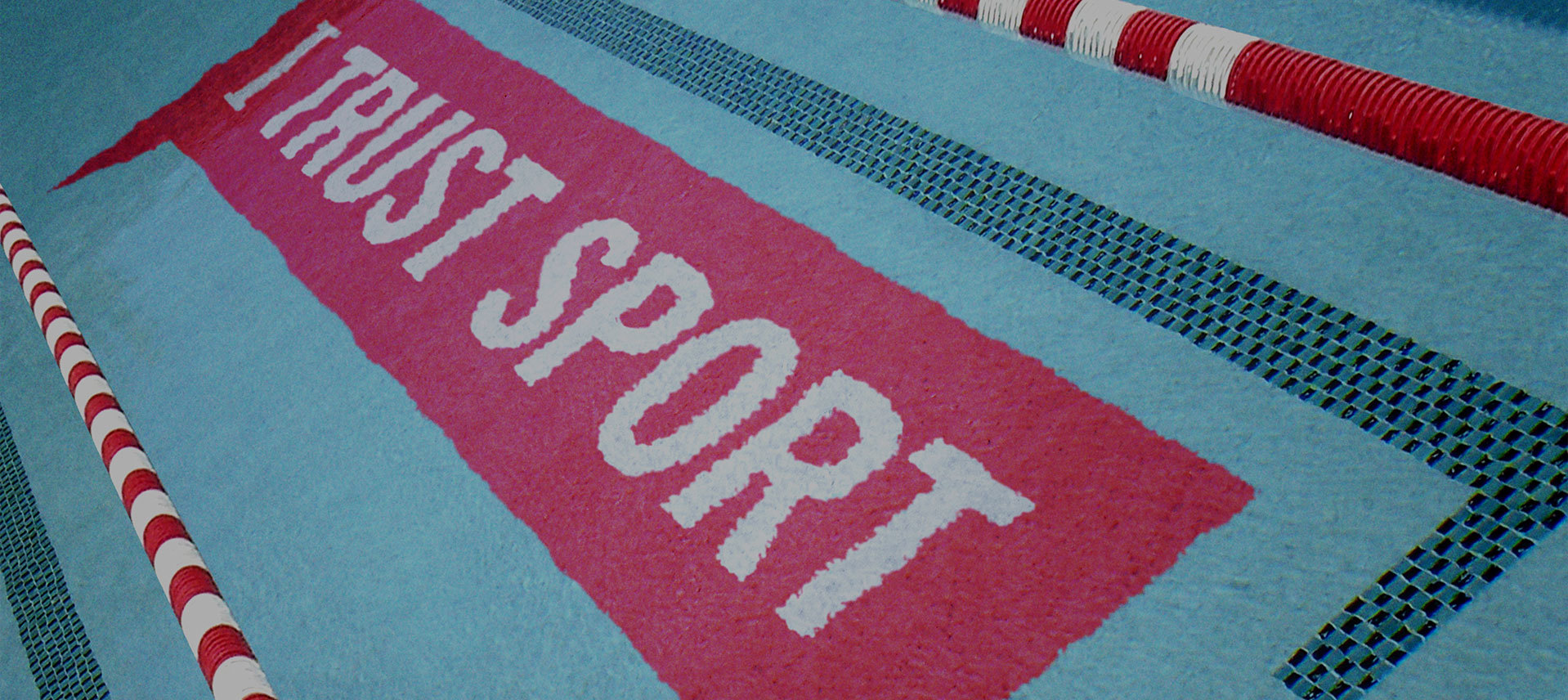This article by I Trust Sport was first published in Governance + Compliance Magazine.
Athletics in recent months has been caught up in a series of news headlines about doping. The stories serve to highlight the significant governance challenges facing anti-doping programmes in sport.
Anti-doping activity is vital to safeguard athletes who want to compete clean and also to ensure that the public trusts the credibility and integrity of international sport.
Unfortunately, investigations by the Sunday Times and German TV channel ARD in December 2014 revealed evidence of a large volume of test results judged suspicious by experts, plus allegations that anti-doping authorities had failed to act (although many of the claims have been challenged). As the story has evolved, we have reached a stage where almost any outstanding performance now gives rise to suspicions.
Doping in sport dates back a long time. Anti-doping testing started the 1960s but it was a scandal in cycling at the 1998 Tour de France which led to the creation of the World Anti-Doping Agency (WADA). Funded and governed equally by governments and sport, WADA sets out standards in the World Anti-Doping Code, harmonising anti-doping policies in all sports worldwide.
Managing anti-doping activity is a complex business, which has resulted in governance failures.
The starting point is an annually updated list of prohibited substances and methods. The World Anti-Doping Code explains what constitutes a violation, including not only the presence of banned substances in an athlete’s urine or blood sample, but also prohibited methods, failure to provide a sample, tampering, possession of banned substances and prohibited associations.
Most of the collection of samples is conducted by international and national sports bodies (for example, the International Association of Athletics Federations), which are signatories to the Code. It may also be sub-contracted to accredited bodies.
Athletes in the registered pool are required to provide urine and blood samples upon request, at competitions or elsewhere. They submit detailed information about their location for a period of time each day so that they can be asked to give a sample without warning. Not surprisingly, mistakes and misunderstandings occur, innocent or otherwise.
Policy decisions determine which athletes are tested, when and where. These policies have occasionally been subject to abuse. For example, quite a few sports and National Anti-Doping Organisations publish data on the quantity of tests they carry out but arguably fail to target testing at the right athletes at the right time. Inevitably, there is never enough funding to do as much testing as desired, particularly out of competition.
Qualified staff collect the samples, which are then transported to one of a small number of accredited laboratories for sophisticated and expensive scientific analysis. For some substances a violation is only triggered if the level is beyond a permitted limit. Readings from blood tests are compared to previous scores for the same athlete to look for abnormal variations.
Once a sample produces an adverse analytical finding, there is a strict protocol for communicating it to the relevant sports federation and the athlete. Legal challenges are fairly common so it may be months or even longer before an athlete suspension is announced.
There is some scope for discretion in the length of ban imposed for adverse findings. Conflicts of interest often arise because the national authorities in the country of the athlete concerned may be responsible for determining the penalty. Medals and national prestige are at stake.
Reliable data about the prevalence of doping is hard to come by and therefore the effectiveness of anti-doping activity is uncertain. WADA data shows that about 1% of samples across all sports, including athletics, are confirmed as Anti-Doping Rule Violations. A handful of academic studies suggest that the actual rate of doping is much higher. As a worst case scenario, the Culture, Media and Sport Select Committee recently published research commissioned in 2011 by WADA which found that 29%-45% of athletes under examination in that study may have been doping.
It has been noticeable that several of the most prominent doping cases have been uncovered by investigative journalism rather than testing. Largely for this reason, intelligence gathering now comprises an increased proportion of anti-doping activity.
Overall, the big issues to address in the governance of anti-doping activity are lack of funding, conflicts of interest, compliance and, arguably, also the legal process in the event of a rule violation.
Funding for anti-doping campaigns is a major concern. Government investment in many countries is under severe pressure. Meanwhile, sports bodies face increased demands on their resources. The most obvious new source of funding would be via commercial partners. I would advocate that sponsors should require sports bodies to divert a small percentage of the sponsorship money they receive to a central, independent body which could fund anti-doping work.
There have been tentative steps towards reducing the conflicts of interest affecting the current system. The International Cycling Union (UCI) has created a semi-independent anti-doping foundation to oversee its anti-doping work - a model which others may consider following.
Until now, monitoring of compliance with the Code has been patchy, partly due to lack of funding and sometimes for political reasons. Laboratories may lose or gain WADA accreditation but countries and sports where clear issues have been identified have suffered few repercussions. The 2015 edition of the Code allows for more flexible compliance monitoring, which is a welcome step.
The legal process in anti-doping is a significant burden, consuming valuable resources. Clearly, it is very important that the rights of athletes are fully respected. However, the lengthy and expensive process would benefit from reform.
In recognition that human intelligence can uncover evidence of doping when testing does not, rules have been amended to reduce suspensions in return for useful information. In time this may develop into a comprehensive whistleblower policy.
Doping is one of the biggest threats to elite sport. Countering the threat requires high level science, complex procedures and genuine political commitment. Despite serious efforts and the involvement of skilled, committed people, it looks as if it will be some time before athletics or any other sport can confidently claim to be winning the battle.

